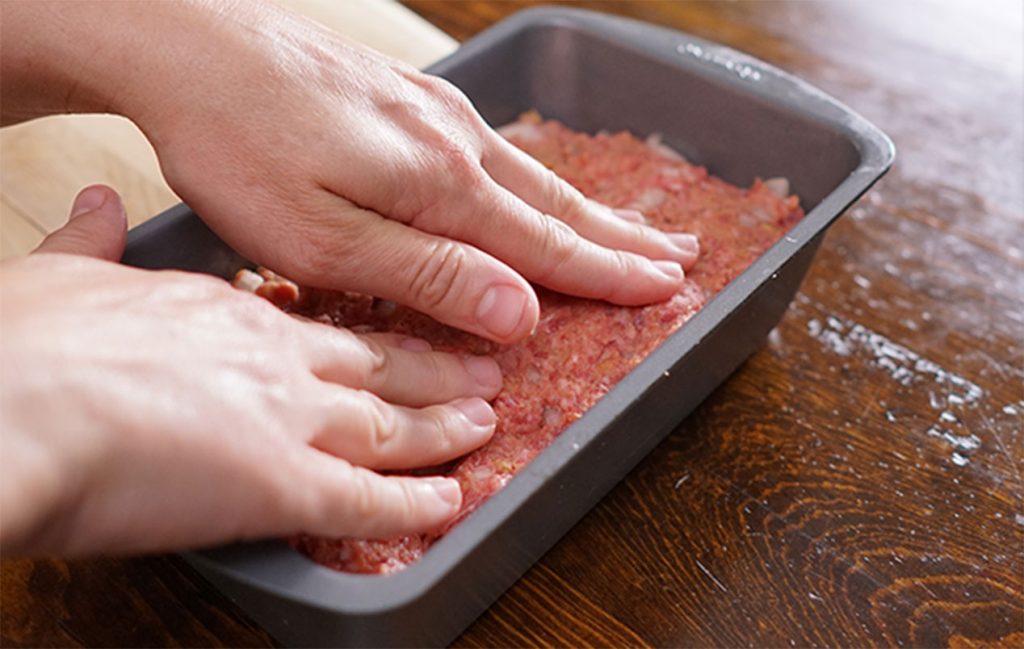Preparing Your Beef
Like all perishable food, fresh beef must be stored and handled properly to avoid spoilage and foodborne illness. Likewise, how you prepare your beef before, during and after cooking can greatly affect its quality. The following guidelines, from food safety to cooking tips, will help you learn just how to bring out the best in your beef.

Food Safety
Kitchen Basics
- Wash your hands with hot, soapy water for at least 20 seconds before preparing your beef.
- Thaw meat in the refrigerator or microwave (at reduced power setting). Never defrost meat on the kitchen counter.
- Carefully wash cutting boards with hot, soapy water or a solution of bleach and water. Some cutting boards can be cleaned in the dishwasher.
Handling Raw Beef
- Keep raw meat from coming into contact with other raw foods, like fresh vegetables and salad ingredients, during preparation.
- Use a separate cutting board for preparing raw meat, poultry and fish. Use separate platters for raw and cooked foods.
- Wash your hands and all utensils and surfaces with hot, soapy water after contact with raw meat.
Cooking Tips
Before You Cook
Pat beef dry
Dry your beef by patting with a paper towel before cooking. Liquid sizzles in the pan, creating steam that can prevent browning.
Slice beef when slightly frozen
Put beef in the freezer for about 30 minutes, or until just firm, to make the meat easier to cut into strips.
Don’t over mix
Burgers, meatloaf, meatballs and other ground beef recipes will be more tender if you handle the meat as little as possible while adding seasonings and other ingredients.
While You Cook
Turn beef with a spatula or tongs
Using a fork would pierce the beef, releasing its flavorful juices too soon. When flipping burgers, do not press down on the beef with your spatula—or you’ll lose the juices that make your burger moist.
Monitor the heat
If the heat is too high, your beef may get overcooked on the outside, yet undercooked on the inside. Use medium heat with most dry-heat cooking methods, such as grilling and sautéing, and medium-high heat for stir-frying. Low heat is ideal for moist-heat cooking methods, like braising.
Determine doneness, by Inserting an instant-read thermometer through the side of the thickest part of the burger to get an accurate temperature. Ground beef burgers should always be cooked to 160°F.
After Cooking
Salt your beef
Salting it before cooking can draw the moisture and juices out of the meat.
Slice perpendicular to the grain
Proper slicing of your beef helps make it more tender.

